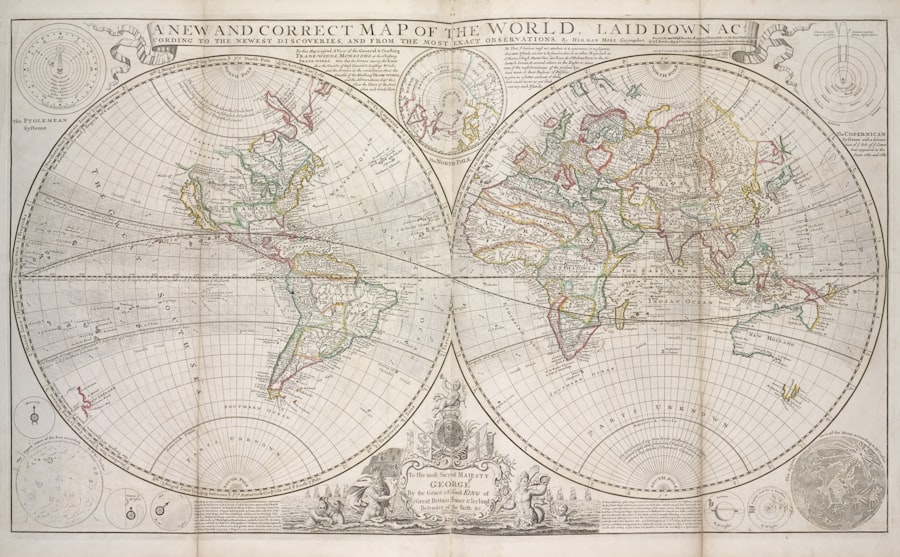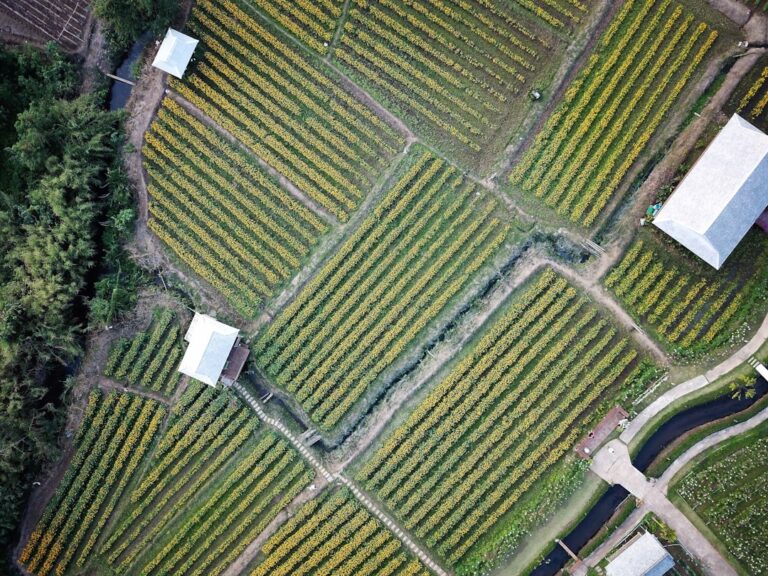Throughout history, trade routes have served as the arteries of commerce, facilitating the exchange of goods, culture, and ideas across vast distances. The Silk Road, perhaps the most famous of these ancient pathways, connected the East and West, linking China with Europe through a network of overland and maritime routes. Established during the Han Dynasty around 130 BCE, the Silk Road was not merely a conduit for silk; it also enabled the trade of spices, precious metals, textiles, and even knowledge.
Merchants traversed treacherous terrains, from arid deserts to towering mountain ranges, often facing significant risks from bandits and harsh weather conditions. The cultural exchanges that occurred along these routes were profound, leading to the spread of religions such as Buddhism and Islam, as well as innovations in art, science, and technology. Another significant historical trade route was the Incense Route, which flourished in the Arabian Peninsula and connected the Mediterranean world with the spice-rich lands of Arabia and India.
This route was vital for the trade of frankincense and myrrh, aromatic resins that were highly prized in ancient times for their use in religious rituals and medicine. The Incense Route not only facilitated economic transactions but also fostered cultural interactions among diverse civilizations, including the Nabataeans, Romans, and various Arabian tribes. The rise of maritime trade routes during the Age of Exploration further transformed global commerce.
The Portuguese and Spanish navigators discovered new sea passages to Asia and the Americas, leading to an unprecedented exchange of goods and ideas that would shape the modern world.
Key Takeaways
- Historical trade routes have played a crucial role in shaping global commerce and cultural exchange, such as the Silk Road and the Trans-Saharan trade routes.
- Transportation networks have significantly impacted trade by reducing transportation costs, increasing accessibility to new markets, and facilitating the movement of goods and people.
- Technology has revolutionized modern trade routes through advancements in logistics, communication, and transportation infrastructure, leading to increased efficiency and speed of trade.
- Challenges and obstacles in transportation networks include infrastructure limitations, regulatory barriers, security concerns, and geopolitical tensions that can disrupt trade flows.
- Trade routes have environmental and social impacts, including air and water pollution, habitat destruction, and cultural changes, highlighting the need for sustainable and responsible trade practices.
- Future trends in global transportation networks include the expansion of digital trade, the development of green transportation technologies, and the integration of artificial intelligence and automation to optimize trade processes.
Impact of Transportation Networks on Trade
Transportation networks have always played a crucial role in shaping trade dynamics. The development of roads, railways, and ports has significantly influenced the efficiency and volume of trade. For instance, the construction of the Transcontinental Railroad in the United States during the 19th century revolutionized trade by connecting the eastern and western parts of the country.
This monumental engineering feat not only facilitated the movement of goods but also encouraged westward expansion and settlement. The railroad allowed for faster transportation of agricultural products from the Midwest to urban centers on the coasts, thereby transforming local economies into national markets. In contemporary times, transportation networks continue to evolve with advancements in logistics and infrastructure.
Ports equipped with modern container terminals can handle thousands of containers daily, significantly reducing shipping times and costs. This efficiency has led to a surge in international trade, as businesses can source materials from different parts of the world and deliver finished products to consumers more quickly than ever before.
The interconnectedness of transportation networks has also fostered globalization, allowing companies to operate on a scale that was previously unimaginable.
Role of Technology in Modern Trade Routes

The integration of technology into transportation networks has transformed how goods are moved across borders. Innovations such as GPS tracking, automated inventory management systems, and blockchain technology have enhanced transparency and efficiency in supply chains. For example, GPS technology allows companies to monitor shipments in real-time, providing valuable data on delivery times and potential delays.
This capability enables businesses to make informed decisions about inventory management and logistics planning, ultimately improving customer satisfaction. Moreover, blockchain technology is revolutionizing trade by providing a secure and transparent method for recording transactions. In an industry often plagued by inefficiencies and fraud, blockchain offers a decentralized ledger that can track goods from their origin to their final destination.
This technology not only enhances trust among trading partners but also streamlines customs processes by providing verifiable documentation for shipments. As companies increasingly adopt these technological advancements, they are better equipped to navigate the complexities of global trade routes.
Challenges and Obstacles in Transportation Networks
Despite the advancements in transportation networks, numerous challenges persist that can hinder trade efficiency. Infrastructure inadequacies remain a significant barrier in many regions. In developing countries, poor road conditions, inadequate port facilities, and limited access to reliable transportation can severely restrict trade opportunities.
Additionally, geopolitical tensions can disrupt established trade routes. Trade wars, sanctions, and conflicts can lead to increased tariffs or even blockades that impede the flow of goods between nations.
The recent disruptions caused by the COVID-19 pandemic highlighted vulnerabilities in global supply chains as lockdowns led to port closures and shipping delays worldwide. These challenges underscore the need for resilient transportation networks that can adapt to changing circumstances while ensuring the smooth flow of trade.
Environmental and Social Impacts of Trade Routes
The environmental implications of trade routes are becoming increasingly critical as global commerce expands. Transportation is a significant contributor to greenhouse gas emissions, with shipping and freight transport accounting for a substantial portion of global carbon emissions. The reliance on fossil fuels for shipping vessels and trucks raises concerns about climate change and its impact on ecosystems worldwide.
As awareness grows regarding environmental sustainability, there is a pressing need for greener alternatives in transportation. Socially, trade routes can have both positive and negative impacts on communities. On one hand, improved transportation networks can stimulate economic growth by creating jobs and enhancing access to markets for local producers.
On the other hand, rapid industrialization driven by trade can lead to social displacement and cultural erosion in some regions. For example, communities near major shipping ports may experience increased pollution and congestion due to heavy freight traffic, affecting their quality of life. Balancing economic development with social equity and environmental sustainability is a complex challenge that policymakers must address as they plan for future transportation networks.
Future Trends in Global Transportation Networks

Looking ahead, several trends are poised to shape the future of global transportation networks. One significant trend is the increasing emphasis on sustainability within logistics operations. Companies are exploring alternative fuels such as biofuels and electric vehicles to reduce their carbon footprints.
Additionally, there is a growing interest in developing more efficient shipping practices that minimize waste and optimize resource use. Another trend is the rise of digitalization in transportation management systems. As businesses continue to embrace e-commerce, there is a heightened demand for agile logistics solutions that can respond quickly to changing consumer preferences.
Technologies such as artificial intelligence (AI) and machine learning are being integrated into supply chain management to enhance predictive analytics and improve decision-making processes. Furthermore, the concept of smart cities is gaining traction as urban areas seek to integrate transportation systems with digital technologies for improved efficiency. This includes initiatives such as smart traffic management systems that utilize real-time data to optimize traffic flow and reduce congestion.
As these trends unfold, they will undoubtedly reshape global transportation networks, making them more efficient, sustainable, and responsive to the needs of businesses and consumers alike. The interplay between technology, policy decisions, and societal values will play a crucial role in determining how these networks evolve in the coming years.
Trade routes and transportation networks have played a crucial role in shaping civilizations throughout history, facilitating the exchange of goods, culture, and ideas. Understanding the complexities of these networks can provide insights into the challenges faced by societies, such as those discussed in the article on communalism, secularism, and nationalism. For a deeper exploration of these themes, you can read more in the article Challenges to Civilization: State and Society.
FAQs
What are trade routes?
Trade routes are pathways or routes used for the transportation of goods and services from one place to another. These routes have been used for centuries to facilitate trade and exchange between different regions and civilizations.
What are transportation networks?
Transportation networks are interconnected systems of roads, waterways, railways, and air routes that facilitate the movement of people and goods from one location to another. These networks are essential for trade and commerce to thrive.
What are the benefits of trade routes and transportation networks?
Trade routes and transportation networks facilitate the exchange of goods, services, and ideas between different regions and cultures. They also promote economic growth, cultural exchange, and technological advancement.
How have trade routes and transportation networks evolved over time?
Trade routes and transportation networks have evolved from ancient pathways and waterways to modern highways, railways, and air routes. Advancements in technology and infrastructure have significantly improved the efficiency and speed of transportation networks.
What are some famous historical trade routes?
Some famous historical trade routes include the Silk Road, which connected China to the Mediterranean region, the Trans-Saharan trade routes in Africa, and the maritime trade routes of the Indian Ocean.
How do trade routes and transportation networks impact global economy?
Trade routes and transportation networks play a crucial role in the global economy by facilitating the movement of goods and services across different regions and countries. They contribute to economic growth, international trade, and the interconnectedness of global markets.






















+ There are no comments
Add yours